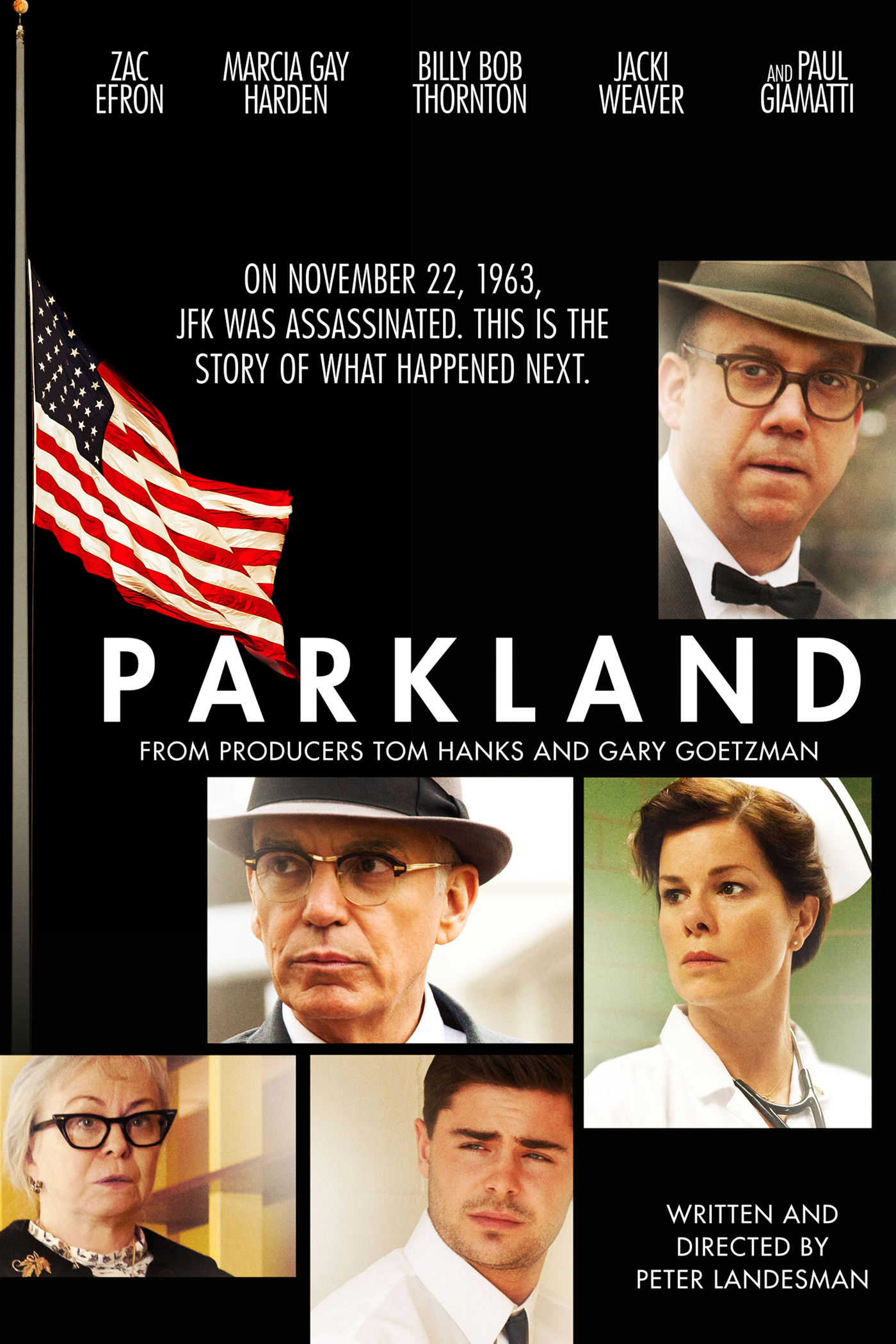

Director: Peter Landesman, 2013 (PG-13)
Fifty years on from the tragic day of November 22, 1963 when
President John F. Kennedy was assassinated, ostensibly by Lee Harvey Oswald
acting alone (see JFK for more
comments on this), the effects of that day live on in the American psyche. We
still bear the scars and want to better understand what happened and why.
Oliver Stone sought to answer the latter question in his momentous JFK. But Landesman, in his directorial
debut, wants to answer the former question.
Parkland presents the perspectives of a number of people,
mostly ordinary, around that day. Indeed, the movie is based on the book, “Four
Days in November”, by Vincent Bugliosi and hence only goes to the Monday after
the death on Friday. We don’t get to explore conspiracy theories. We don’t
really get to know Oswald. His guilt is assumed. Rather we see his brother and
others peripheral to the event.
The title refers to the hospital that both Kennedy and
Oswald were taken to after their gunshot wounds. Doctors and nurses fought
valiantly trying to save Kennedy, to no avail. Marcia Gay Harden gives a strong
performance as Head Nurse Doris Nelson, seen supporting doctors, such as Dr
Carrico (Zac Efron) and Dr Perry (Colin Hanks). Billy Bob Thornton puts on his
Texas twang as Secret Service Agent Forrest Sorrels. And Paul Giamatti plays
the ordinary businessman Abraham Zapruder, the man who took the most-watched
documentary of all time: the Zapruder film that archived the final seconds of
Kennedy’s life. Perhaps the most bizzare acting here is that of Jacki Weaver as
Mrs Oswald, Lee’s mother.
The movie interweaves historical footage to lend an air of
authenticity. And then weaves a tale of several people, focusing on Zapruder,
who profited immensely by selling his film to Life Magazine, FBI Agent James
Hosty (Ron Livingstone), who had talked to Oswald’s wife and had him in the
office a week earlier, and Robert Oswald (James Dale), who bore the brunt of
the hatred of Dallas police and others.
Perhaps the best scene occurs toward the end, on the Monday,
when it juxtaposes the two funerals. While President Kennedy’s funeral
procession moves through the streets of Washington, Oswald’s funeral is
attended by few. At his graveside, there are no pallbearers and Robert Oswald
has to ask the attendant press photographers to help out.
What the movie most brought to mind for me was the
similarity with Jesus’ burial. Like Oswald, Jesus died a criminal’s death in
public view (Lk. 23:35). He, too, was placed in the grave with no funeral
procession (Lk. 23:52-55). Despite being the King of Kings, his burial garnered
no pomp or ceremony. In contrast, “he was assigned a grave with the wicked”
(Isa. 53:9). Like Oswald, people still talk about Jesus and his innocence and
have done for two millennia not just half a century. Unlike Oswald (who may
have been no criminal), we know
Jesus was no criminal. We know he lived a sinless life and that “God made him
who had no sin to be sin for us” (1 Cor. 5:21). And in his death and subsequent
resurrection, we can find righteousness and life.
Unfortunately, despite the potential, the movie lacks a
central narrative plot that really ties it together. It shows the consequences
on the lives of these people, but so what. There is no satisfying conclusion.
It seems more a film exploiting the historical anniversary.
Copyright ©2013, Martin Baggs


No comments:
Post a Comment